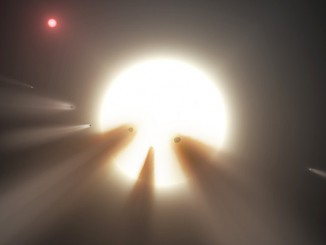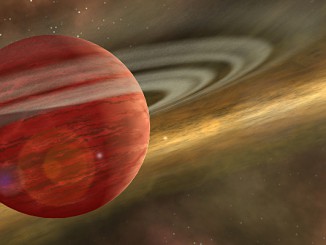
Breakthrough Listen to search for intelligent life around weird star
Tabby’s star, otherwise known as KIC 8462852, has provoked so much excitement over the past year, with speculation that it hosts a highly advanced civilisation capable of building orbiting megastructures, that UC Berkeley’s Breakthrough Listen project is devoting hours of time on the Green Bank radio telescope to see if it can detect any extraterrestrial signals.


